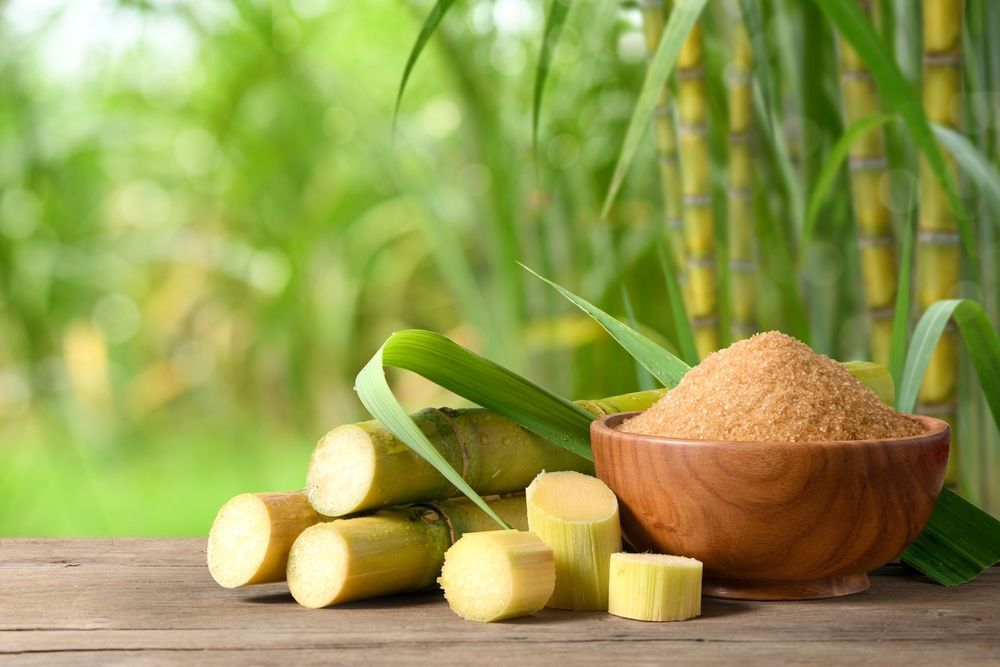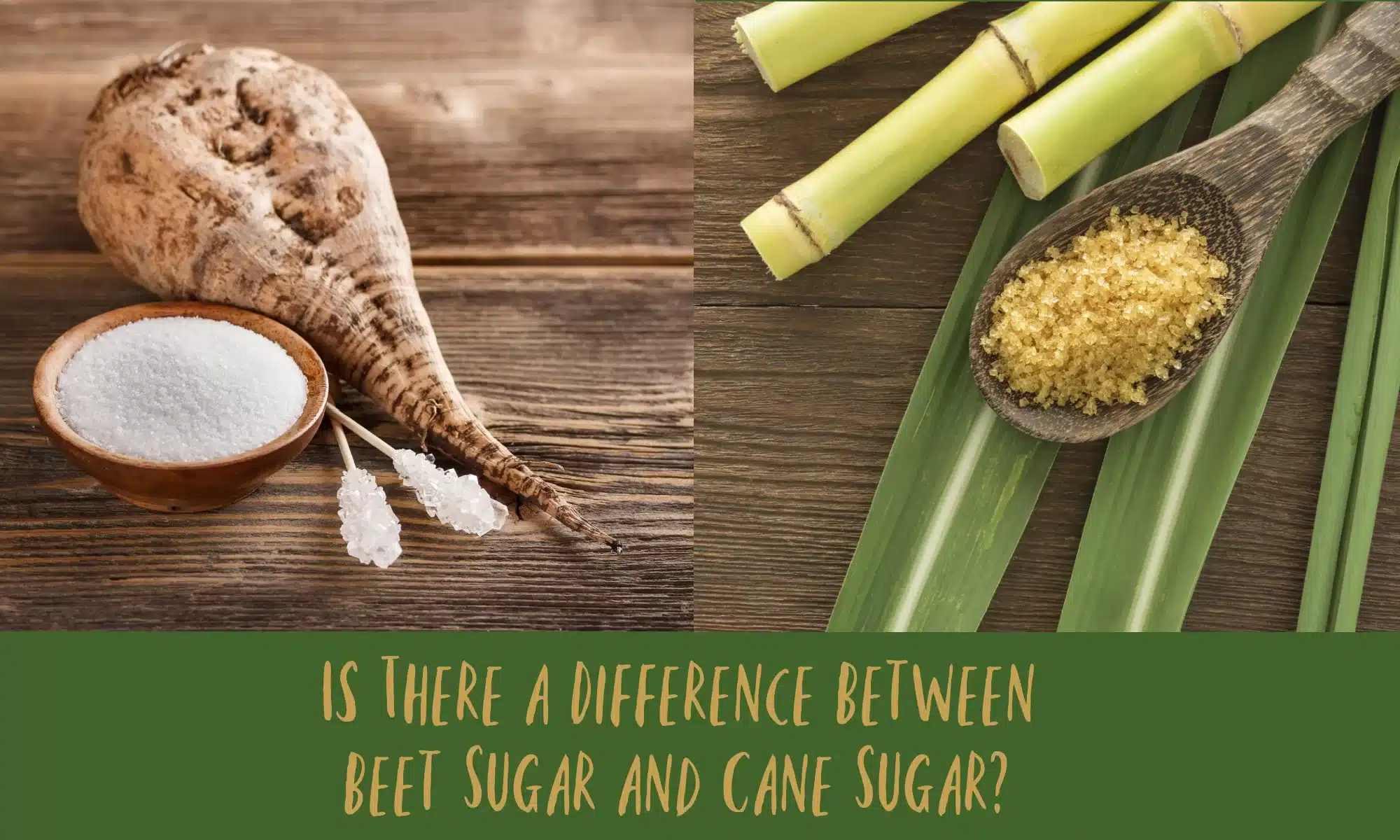Many baking guides specify either beet sugar vs cane sugar, depending on the desired outcome.
Many baking guides specify either beet sugar vs cane sugar, depending on the desired outcome.
Blog Article
Discover the Uses and Advantages of Beet Sugar Vs Cane Sugar in Your Daily Diet
Exploring the distinctive qualities of beet and cane sugar reveals even more than simply their sweetening capabilities; it highlights their one-of-a-kind influences on wellness and cooking arts. Beet sugar, known for its refined flavor, is usually preferred in delicate desserts, whereas cane sugar, with its tip of molasses, adds splendor to robust dishes. Each kind holds its very own nutritional profile and glycemic ramifications, inviting a much deeper understanding of their duties in a balanced diet plan and sustainable usage techniques.
Origin and Manufacturing Processes of Beet and Cane Sugar

The unique climates and dirt kinds needed for expanding sugar beetroots and sugarcane add to differences in their growing practices and geographical distribution, influencing the business economics and sustainability of their production. beet sugar vs cane sugar.
Nutritional Contrast Between Beet Sugar and Cane Sugar
Regardless of originating from various plants, beet sugar and cane sugar are nutritionally very comparable, both largely containing sucrose. Each gives about 4 calories per gram, converting to roughly 16 calories per tsp. Structurally, both sugars are made up of roughly 99.95% sucrose, with marginal quantities of other substances like dampness and trace element, which do not substantially alter their nutritional profiles.

Inevitably, when choosing between beet sugar and cane sugar based on nutritional material alone, both deal the same advantages and disadvantages as they are basically kinds of the very same particle-- sucrose, providing quick power without other nutrients.
Effect On Wellness: Glycemic Index and Caloric Content
Discovering additionally right into the impacts of beet sugar and cane sugar on wellness, it is essential to consider their glycemic index and caloric content. The glycemic index (GI) of both beet and cane sugar is around 65, categorizing them as high-GI foods, which try here can create fast spikes in blood sugar levels.
Each sort of sugar contains about 4 calories per gram, making their calorie content equivalent. For those checking caloric consumption, especially when taking care of weight or metabolic published here health and wellness problems, recognizing this equivalence is important (beet sugar vs cane sugar). Nonetheless, too much consumption of any high-calorie, high-GI food can add to health and wellness concerns such as obesity, heart illness, and insulin resistance.
Environmental and Economic Considerations of Sugar Manufacturing
Beyond health and wellness effects, the manufacturing of beet and cane sugar also elevates considerable environmental and economic problems. Sugar beet growing tends to require cooler environments and has a lower geographical footprint compared to sugar cane, which prospers in exotic regions. Nonetheless, both plants are intensive in regards to water use and land line of work, possibly bring about logging and water shortage. Financially, the worldwide sugar market is extremely unpredictable, influenced by adjustments in international profession plans and aids. Numerous countries incentivize sugar production with financial backing, skewing market costs and affecting small-scale farmers negatively.
In addition, using pesticides and fertilizers in both beet and cane sugar cultivation can result in dirt degradation and contamination, more influencing biodiversity and neighborhood water bodies (beet sugar vs cane sugar). The choice in between growing sugar beet or cane often depends upon regional environmental problems and financial aspects, making the sustainability of sugar manufacturing a complicated problem
Culinary Applications and Flavor Distinctions
While the ecological and economic elements of sugar production are indeed significant, the choice in between beet and cane sugar also influences cooking applications and flavor accounts. Beet sugar, obtained from the sugar beet plant, is recognized for its remarkably neutral preference.
Walking stick sugar, extracted from sugarcane, typically preserves molasses traces, which pass on an unique richness and deepness. The mild variant in wetness content between beet and cane sugar can influence the appearance and uniformity of meals, making cane sugar a favored option for specific dishes that profit from its distinct homes.

Final Thought
Finally, both beet and cane sugar have unique origins and production procedures, providing similar nutritional profiles with small differences in salt content and flavor. like it While their influence on wellness, particularly regarding glycemic index and calories, is comparable, the choice between them frequently steams down to ecological, financial elements, and certain culinary demands. Recognizing these facets can guide customers in making informed decisions that line up with their health objectives and taste preferences.
Report this page